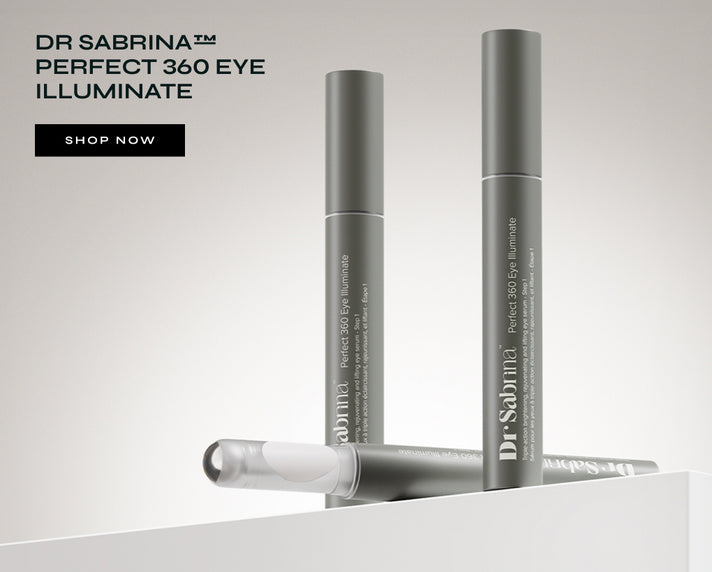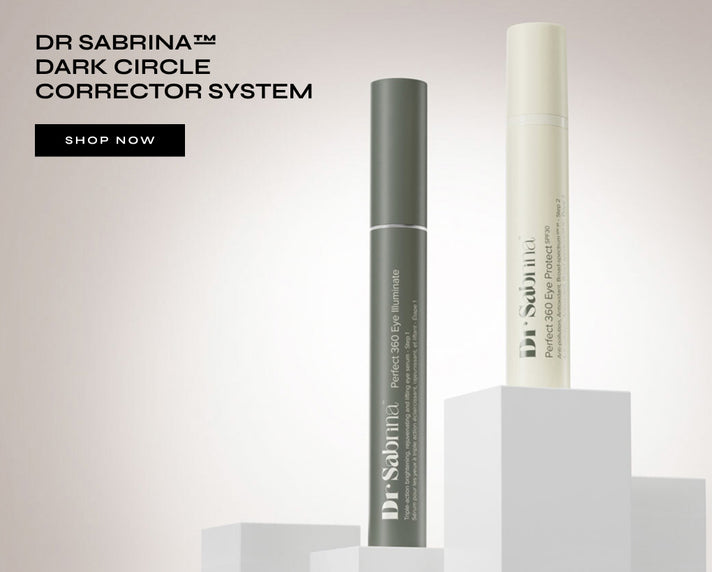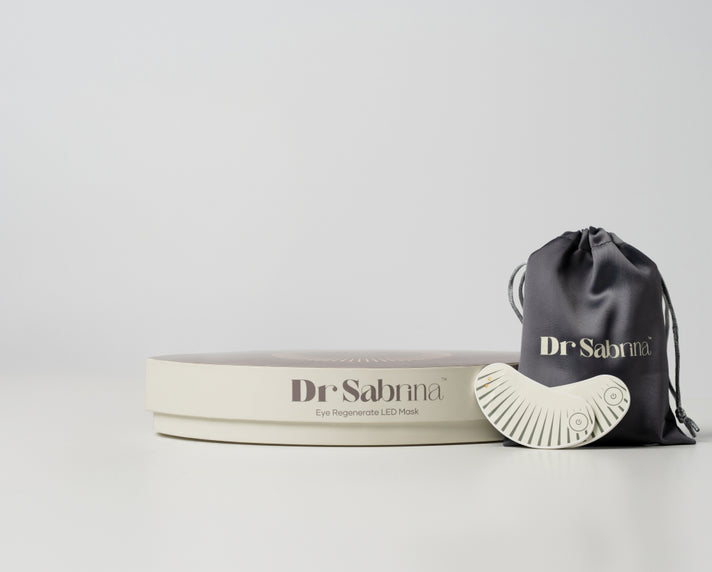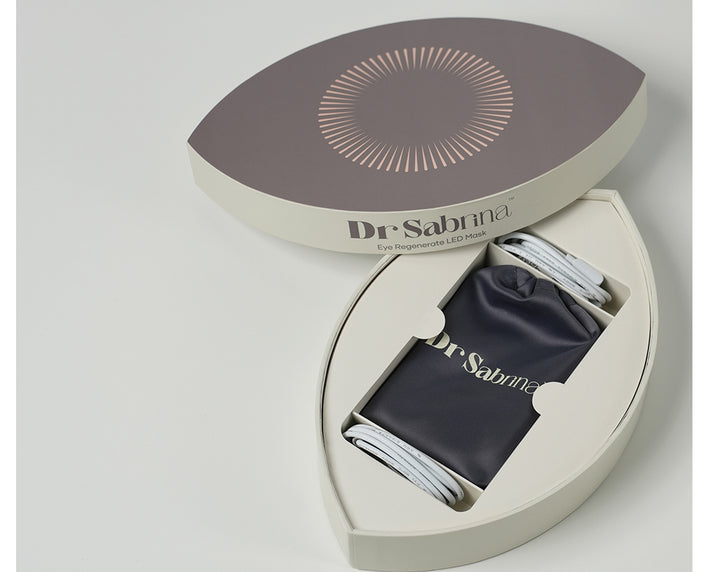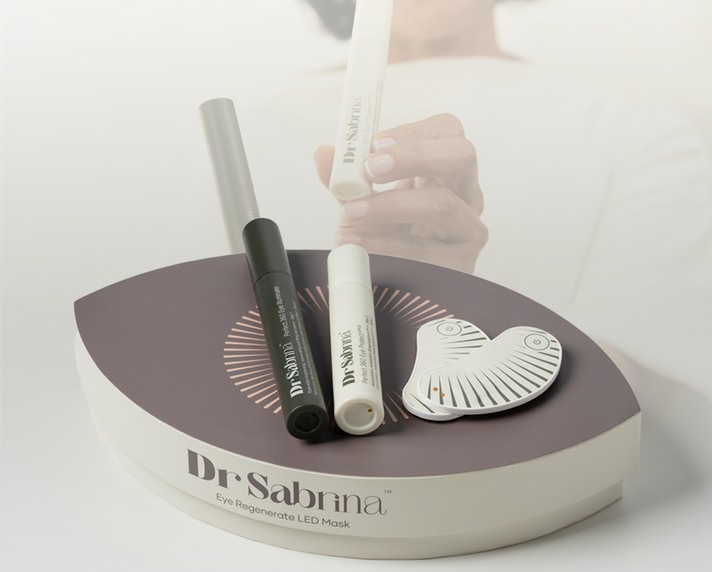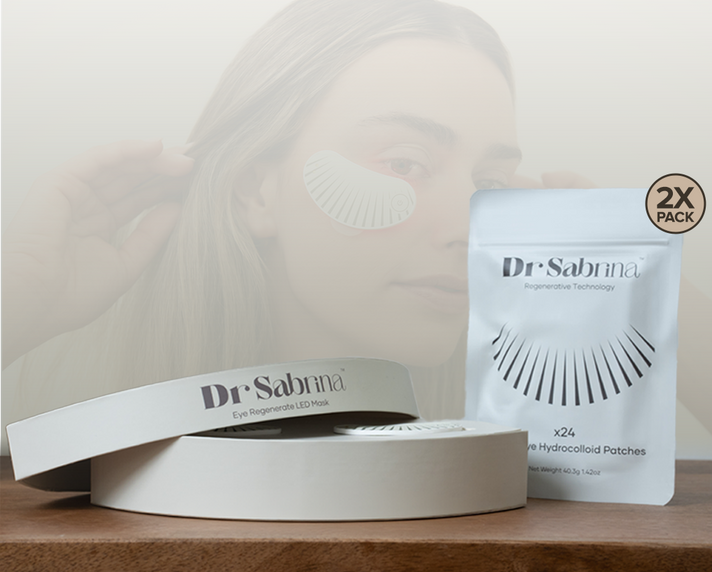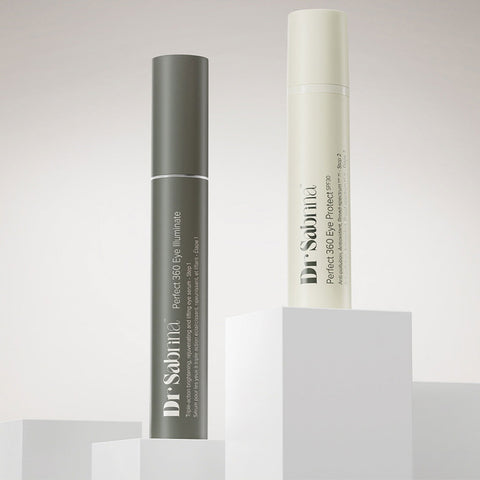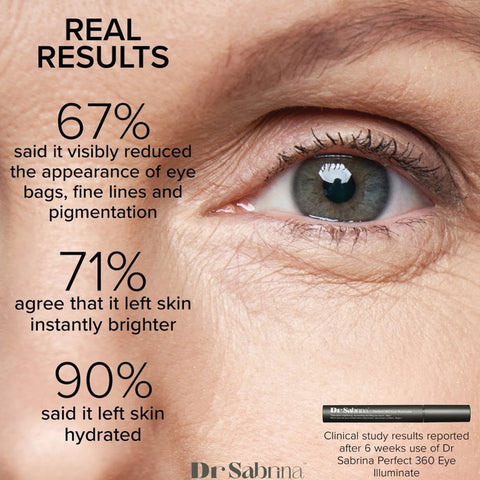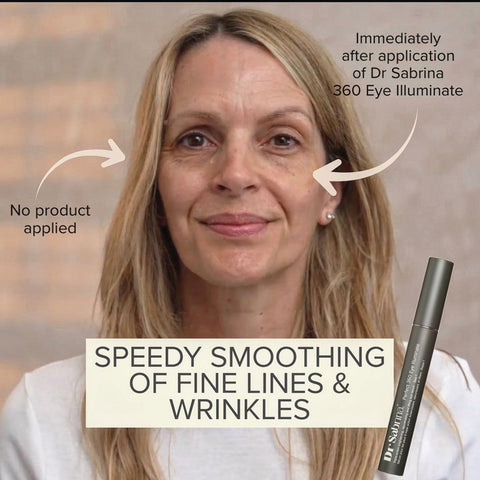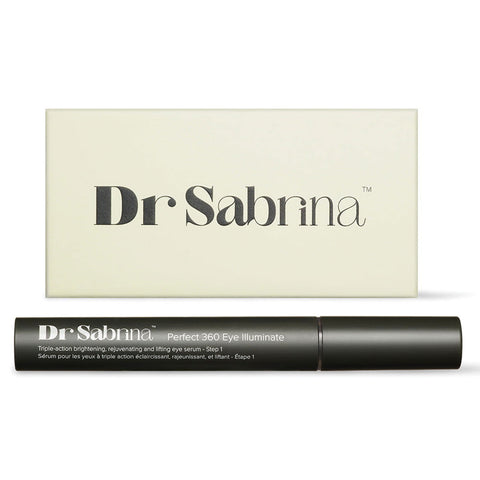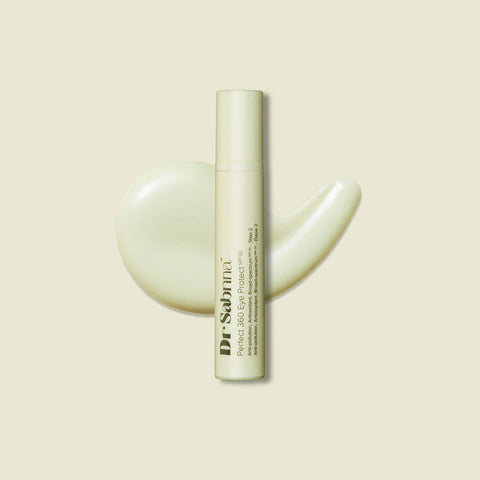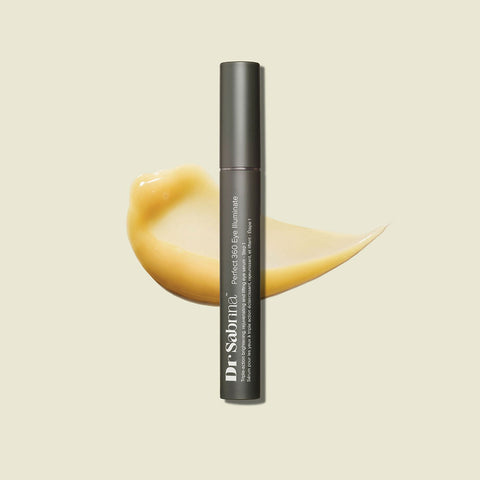
Sunscreen is one of those skincare essentials that everyone is told they need, but questions still linger: Why does it sting so much near the eyes? Is it really necessary to wear it every day, even if you spend little time outside?
And what’s all the fuss about chemical vs mineral sunscreen? With the sun care market expected to reach a massive $15.43 billion globally in 2025, driven by increased awareness of UV-related disorders and skin health, knowing the difference between physical and Chemical sunscreens is more critical than ever.
Let’s break down the science, the benefits, the risks, and how to protect sensitive areas, especially under the eye, while explaining physical vs chemical sunscreen in detail.
Different Types of Sunscreen: Chemical vs Mineral Sunscreen
Among the different types of sunscreen, the two major categories are chemical vs mineral sunscreen (or physical and chemical sunscreen). Knowing the difference between physical and chemical sunscreen helps make better-informed choices.
Chemical Sunscreen: How It Works
When people ask, What is chemical sunscreen? The answer centres on how it functions. Chemical sunscreens use synthetic molecules like oxybenzone, avobenzone, octinoxate, and others that absorb UV rays, convert the absorbed energy into heat, and release it from the skin’s surface.
Advantages:
- Lightweight, transparent formula that absorbs cleanly with no white residue.
- Water-resistant options are often available.
Drawbacks:
- Increased risk of irritation, especially for sensitive skin or around the eyes.
- Some are linked to environmental concerns (harm to coral reefs and marine life).
- Some users may experience photosensitivity or mild reactions, particularly if prone to conditions like eczema or rosacea.
Many people also wonder why does sunscreen burn my eyes, especially when using chemical-based products. This stinging sensation often happens because active filters can migrate into the delicate eye area, making mineral formulas a safer alternative.
|
Struggling with dark circles and under-eye puffiness? Protect your skin daily with the right sunscreen and brighten your eyes with Dr Sabrina™ Dark Circle Corrector. This gentle, dermatologist-tested formula targets dark circles and tired-looking eyes without irritation. Ready to refresh your look? Check out Dr Sabrina™ Dark Circle Corrector and see the difference daily care can make! |
Mineral Sunscreen: How It Works
Mineral sunscreen, sometimes called physical sunscreen, is formulated with natural minerals, most notably zinc oxide and titanium dioxide. These substances act as a reflective barrier, deflecting and scattering both UVA and UVB rays away from the skin.
Advantages:
- Rarely irritates, even for highly sensitive skin or when applied close to the eyes.
- Provides immediate protection upon application (no need to wait for absorption).
- Tends to be photostable and won’t degrade in the sun as easily as some chemical filters.
Drawbacks:
- Historically, they leave a visible white cast, especially on deeper skin tones, though newer micronised formulas aim to reduce this effect.
- It can feel heavier or harder to blend into the skin compared to lotions with chemical filters.
One of the most common concerns people have is whether to use sunscreen every day, even if you’re mostly indoors. The answer is yes, because UVA rays can pass through windows and contribute to premature ageing and skin damage over time.
Physical vs Chemical Sunscreen: Key Differences
- The ongoing debate between physical and chemical sunscreens boils down to how the protection is delivered and who might benefit most.
- Physical (mineral) sunscreens block UV rays by forming a literal barrier, while chemical sunscreens absorb and neutralise those rays.
- For sensitive, allergy-prone skin or for use on the delicate eye area, mineral formulas are typically recommended.
- Dermatologists recommend mineral options for children, people with skin conditions, those prone to eye irritation, and anyone seeking instant protection or a “clean” formula.
- Pairing sun protection with an eye-care product, such as an under eye dark circle corrector, can also help brighten and reduce puffiness while preventing sun-induced pigmentation around the eyes.
Why the Ingredients Matter: Choosing Wisely
Understanding the difference between physical and chemical sunscreen makes it easier to read labels and choose the most effective option. Here’s a snapshot of the science behind each kind’s active ingredients:
|
Type |
Mechanism |
Typical actives |
Skin feel |
Eye irritation risk |
|
Chemical sunscreen |
Absorbs UV, converts to heat |
Avobenzone, oxybenzone, octinoxate |
Lightweight |
Higher |
|
Mineral sunscreen |
Reflects/scatters UV at the surface |
Zinc oxide, titanium dioxide |
Thicker, chalky |
Lower |
Choosing the right sunscreen is even more important in light of current market trends: chemical sunscreens make up the larger share of purchases globally, but mineral options are on the rise thanks to consumer demand for safety and sustainability.
Using Sunscreen Around the Eyes: Tips and Best Practices
- Always opt for a mineral sunscreen around the eye area to reduce the risk of burning or stinging.
- Apply sunscreen gently, steering clear of eyelids and the immediate eye contour unless the product specifically says “ophthalmologist tested” or “safe for eyes”.
- When reapplying (every two hours when outdoors), consider stick or cream forms for better control.
- Pair sun protection with an eye-specific treatment such as Dr Sabrina™ Dark Circle Corrector to treat dark circles, puffiness, and fatigue without irritation.
Final Thoughts
In 2025, protecting skin from the sun is more crucial than ever, but the Difference Between Physical and Chemical sunscreens cannot be ignored. While each option has distinct features, mineral (physical) sunscreens are often better suited for sensitive skin and delicate areas like under the eyes. In contrast, chemical options provide lightweight, invisible coverage but carry a higher risk of eye irritation.
FAQs
What is the difference between mineral and chemical sunscreen?
Mineral sunscreens physically block and reflect UV rays using zinc oxide or titanium dioxide, while chemical sunscreens absorb UV rays with ingredients like avobenzone and oxybenzone.
2. Why is daily sunscreen use important even if indoors or on cloudy days?
UV rays penetrate windows and clouds, causing skin damage and increasing skin cancer risk over time. Daily use prevents premature ageing and skin cancer.
3. What are hybrid sunscreens, and why are they popular?
Hybrid sunscreens combine sun protection with skincare benefits like hydration and anti-ageing ingredients to simplify routines while protecting skin.
4. What does "reef-safe" sunscreen mean?
Reef-safe sunscreens avoid ingredients harmful to coral reefs, like oxybenzone and octinoxate, making them better for the environment.
5. Are SPF makeup products effective for sun protection?
SPF makeup adds extra protection but should be used along with a base sunscreen for full UV defence.
